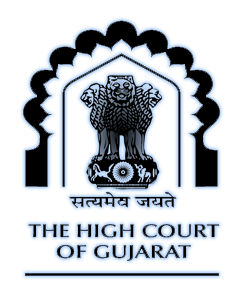
(A) Evidence Act (1 of 1872) , S.10, S.3— Conspiracy to commit murder - Evidence of acts and statements made by conspirators - Admissibility - Apart from confession made by co-accused there should be prima facie evidence to show that petitioner co-conspirator along with co-accused was party to conspiracy - Confession of co-accused recorded long after murder when conspiracy had culminated - S. 10 cannot be invoked to use statements made by co-accused against petitioner co-conspirator - Court, however, expresses no final opinion as matter relates to grant of bail to petitioner. The opening words in S. 10 of Evidence Act are 'where there is reasonable ground to believe that two or more persons have conspired together to commit an offence'. If prima facie evidence of the existence of a conspiracy is given and accepted, the evidence of acts and statements made by any one of the conspirators in furtherance of the common object is admissible against all. Therefore, there should first be a prima facie evidence that the person was a party to the conspiracy before his acts or statements can be used against his co-conspirators. Where no worthwhile prima facie evidence apart from the alleged confessions have been brought to Courts notice to show that the petitioner along with co-accused was party to a conspiracy and the confessions of co-accused were recorded long after....
Buy and Download By Entering Following Details (Worth /-)
J


